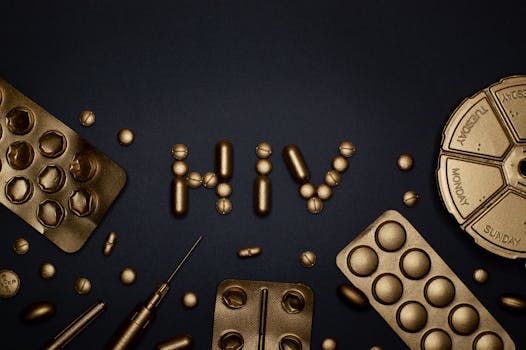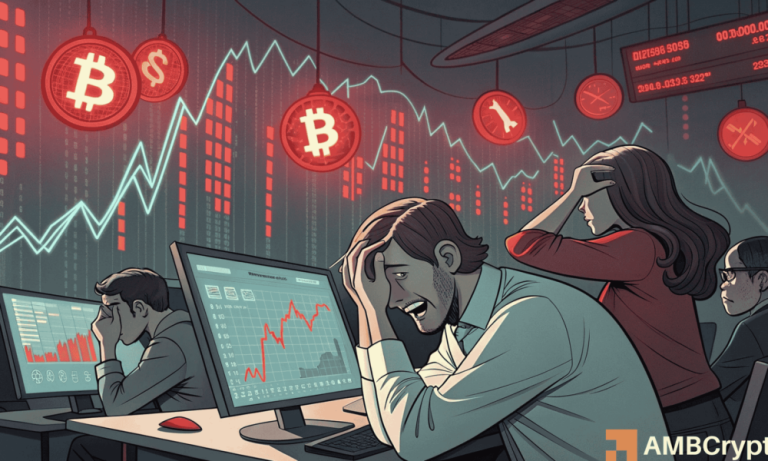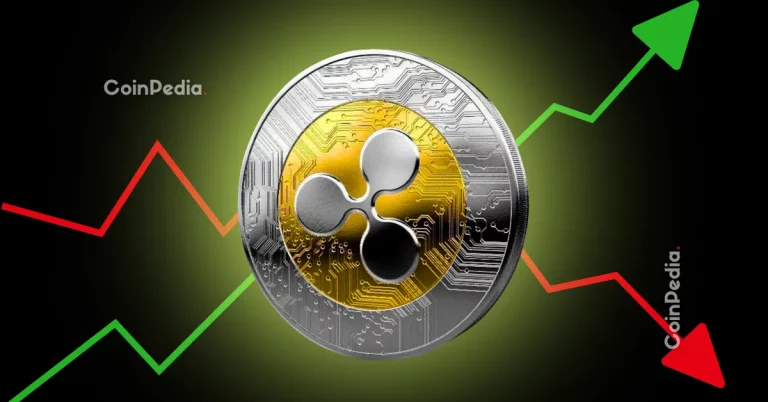
The Science Behind Vaccines and Public Health
Introduction to Vaccines and Public Health

The science behind vaccines and public health is a crucial aspect of modern medicine. Vaccines have been instrumental in preventing the spread of infectious diseases and have saved countless lives. The science behind vaccines is a complex and fascinating field that has evolved over the years, from the discovery of the first vaccine to the development of modern vaccines. In this article, we will delve into the science behind vaccines, their history, types, and benefits, as well as the role of vaccines in preventing infectious diseases.
History of Vaccines

The first vaccine was developed by Edward Jenner in 1796, who used cowpox to immunize against smallpox. This marked the beginning of vaccine development, and since then, numerous vaccines have been developed to protect against various infectious diseases. The development of vaccines has been a continuous process, with new vaccines being developed to address emerging diseases and improve existing vaccines. Some notable vaccine developments include the polio vaccine, measles vaccine, and human papillomavirus (HPV) vaccine.
Types of Vaccines

There are several types of vaccines, each with its own unique characteristics and advantages. These include:
- Inactivated vaccines: These vaccines contain inactivated or killed pathogens, which cannot cause the disease but still stimulate an immune response.
- Live, attenuated vaccines: These vaccines contain live, weakened pathogens that cause a mild infection, stimulating an immune response.
- Conjugate vaccines: These vaccines combine a weakened pathogen with a carrier protein to enhance immune response.
- Subunit vaccines: These vaccines contain only specific components of a pathogen, such as proteins or sugars, to stimulate an immune response.
- mRNA vaccines: These vaccines use a piece of genetic material called messenger RNA (mRNA) to instruct cells to produce a specific protein, which stimulates an immune response.
Benefits of Vaccines

Vaccines have numerous benefits, including:
- Prevention of infectious diseases: Vaccines prevent the spread of infectious diseases, protecting not only the individual but also the community.
- Reduction of disease outbreaks: Vaccines reduce the likelihood of disease outbreaks, which can have significant social and economic impacts.
- Protection of vulnerable populations: Vaccines protect vulnerable populations, such as the elderly, young children, and those with compromised immune systems.
- Boost to herd immunity: Vaccines contribute to herd immunity, which protects individuals who are not immunized, such as those with weakened immune systems.
Role of Vaccines in Preventing Infectious Diseases

Vaccines play a crucial role in preventing infectious diseases, and their impact is evident in the significant reduction of disease outbreaks and related deaths. Some notable examples include:
- Smallpox eradication: The smallpox vaccine led to the global eradication of smallpox, a disease that once killed an estimated 300-500 million people in the 20th century.
- Polio reduction: The polio vaccine has led to a significant reduction in polio cases, with only a few cases reported in recent years.
- Measles reduction: The measles vaccine has led to a significant reduction in measles cases, with a 90% reduction in measles-related deaths between 2000 and 2018.
Conclusion

In conclusion, the science behind vaccines and public health is a vital aspect of modern medicine. Vaccines have revolutionized the prevention of infectious diseases, and their impact is evident in the significant reduction of disease outbreaks and related deaths. It is essential to continue developing and improving vaccines to address emerging diseases and protect public health. By understanding the science behind vaccines and their benefits, we can work together to promote vaccine awareness and uptake, ultimately protecting individuals and communities from the threat of infectious diseases.






